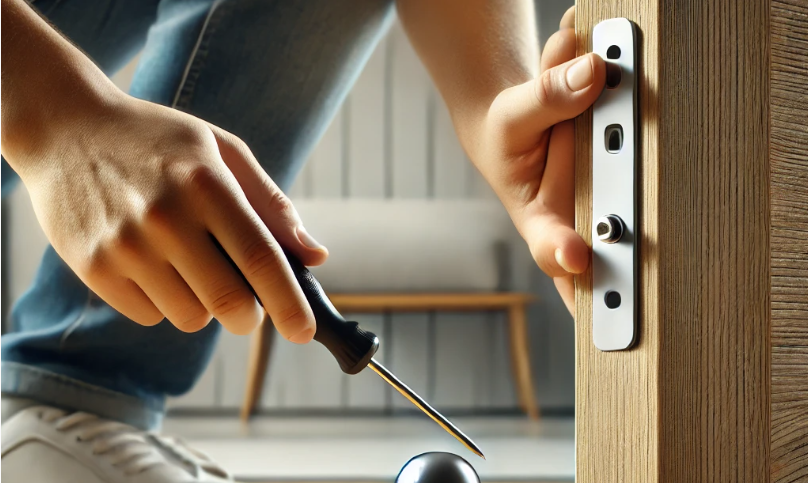How to Install Different Types of Door Stoppers
A door stopper is an item that protects walls, doors, and even furniture from damage. Despite being useful, door stoppers tend to go unnoticed. Optimal selection coupled with correct installation leads to maximum efficiency both at home and in the workplace. If you require professional assistance, seeking an affordable handyman in your area will resolve your problem as they offer installation services for a fee. They make use of specific tools and maximized operational efficiency for stoppers.
Types of Door Stoppers and Their Uses
Many types of door stops exist in the market and they each serve a different purpose. The following are some of the most popular ones.
- Door Stoppers For Walls – These are installed on the wall to avoid the door from hitting and damaging it.
- Stoppers For Baseboard – Fixed on the baseboard, these stoppers help cushion the door before it collides with the wall.
- Stoppers For The Floors – Positioned on the floor, these stop the door from swinging too far.
- Pin Stoppers For Hinges – These are attached to the door hinge to restrict it’s variety of movement.
- Magnetic Door Stopper – These stoppers make use of magnets that preserve the door in a set role or save you from slamming shut.
Consult handymanservicessingapore.com as it offers a range of door stopper solutions, providing expert advice and installation services to ensure your doors remain in top condition.
Step-by-Step Guide to Installing Different Types of Door Stoppers
Following is the step-by-step guide to install different types of door stoppers:
Installing a Wall-Mounted Door Stopper
For installing wall-mounted door stopper, you should consider following steps:
- Optimal Position – Select where on the wall the edge or handle of the door would make contact.
- Placement Marking – Mark with a pencil the specific position for the wall stopper.
- Drilling the Hope – Employ a drill to make an aperture where the stopper is expected to rest.
- Fitting in the Wall Anchor – If necessary, place in the wall anchor to allow it to be retained in place.
- Putting the Door Stopper – Tighten the stopper into position with screws.
Mounting a Baseboard Door Stopper
You can install a baseboard door stopper by following ways:
- Baseboard Positioning – Look for where the door usually swings the most and makes an impact.
- Pilot Hole Drilling – Create a small pilot hole onto the baseboard.
- Stopper Fixing – Turn the stopper clockwise into the drilled hole until it is secure and snug.
- Door Test Movement – Confirm that the door can be opened and closed easily without obstruction and that it hits the stopper.
Installing a Floor-Mounted Door Stopper
Follow these steps to install a floor-mounted door stopper:
- Stopper Positioning – Place the stopper where the door halts.
- Spot Marking – Draw an outline using a pencil where the points to drill in the floor rests.
- Drill Pilot Holes – Create small indentations on the surface where the stopper will be held.
- Secure the Stopper – Use screws to secure the stopper in place.
- Check Alignment – Verify that the stopper does not obstruct the free movement of the door.
Installing a Hinge Pin Door Stopper
To install a hinge pin door stopper take following measures:
- Remove the Hinge Pin – With the help of a hammer and screwdriver, take out the hinge pin on the top.
- Attach the Stopper – Put the stopper onto the hinge pin.
- Reinsert the Hinge Pin – Replace the hinge pin where it was.
- Adjust the Stopper – In some types of hinge pin stoppers, there is a feature that allows for varying the force needed to push the stopper; apply it if necessary.
Installing a Magnetic Door Stopper
- Choose the Mounting Location – Identify wherein the magnet ought to be mounted (wall or floor).
- Mark the Screw Holes – Use a marker to suggest the positions for drilling.
- Drill the Holes – Make small pilot holes so that attaching the screws may be easy.
- Install the Magnet and Plate – Fix the magnetic stopper and the piece of metal onto the door.
- Test the Hold – Determine whether or not the door is held in role while opened.

Leave a Reply